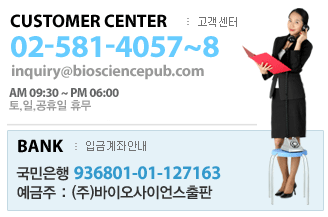This text has a number of unique pedagogical features that will help the student assimilate, organize, and understand the information. Each chapter begnis with a group of components intended to set the stage for the content to follow.
* Background Basics alert students to material that should be learned or reviewed before starting the chapter. In most cases it refers readers to previous chapters to help them find the material if they want to review it.
* Objectives are comprised of two levels: Level I for basic or essential information and Level II for more advanced information. These objectives were reviewed by clinical (medical) laboratory technician (CLT/MLT) educators who made recommendations that aimed the Level I objectives to their students. Clinical laboratory science/medical technologist (CLS/MT) educators may expect their students to meet both Level I and Level II objective requirements.
* Overview gives the reader an idea of the chapter content and organization.
* Key Terms alert the student to important terms used in the chapter and found in the glossary.
Each chapter offers students a variety of opportunities to assess their knowledge and ability to apply it.
* Case Study is a running case feature that first appears at the beginning of each chapter and focuses the student's attention on the subject matter that the chapter will cover. Throughout the chapter at appropriate places, additional information on the case may be given such as laboratory test results, and then questions are asked. The questions relate to the material presented in preceding sections. Appendix A provides the answers to the Case Study questions.
* Checkpoints are integrated throughout the chapter. These questions require the student to pause along the way to recall or apply information covered in preceding sections. The answers are provided in Appendix B.
* A Summary concludes the text portion of each chapter in order to help the student bring all the material together.
* Review Questions appear at the end of each chapter. The two sets of questions are referenced and organized to correspond to the Level I and Level II objectives. Answers are provided in Appendisx C.
The page design features a number of enhancements intended to aid the learning process.
* Colorful symbols are sued within the chapter text to help the student quickly cross-reference from the tables and figures to the text.
* A symbol is also used when referring the student to another chapter
* Figures and Tables are used liberally to help the student organize and conceptualize information. This is especially important to visual learners.
* Algorithms (Critical pathways, reflex testing pathways) are used when appropriate to help illustrate effective, cost-efficient use of laboratory tests in diagnosis.
* The microphotographs displayed in the book are typical of those found in a particular disease or disorder. Students should be aware that cell variations occur and that blood and bone marrow findings will not always mimic those found in textbooks.




